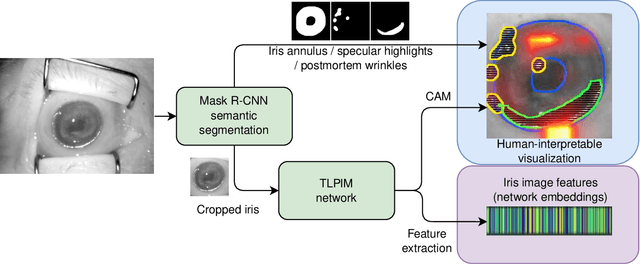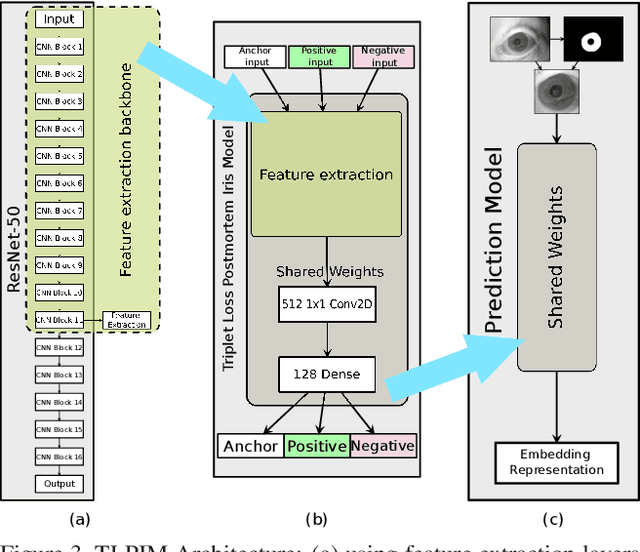Eric Benjamin
Surround Research
Optimized Decoders for Mixed-Order Ambisonics
Oct 01, 2022



Abstract:In this paper we discuss the motivation, design, and analysis of ambisonic decoders for systems where the vertical order is less than the horizontal order, known as mixed-order Ambisonic systems. This can be due to the use of microphone arrays that emphasize horizontal spatial resolution or speaker arrays that provide sparser coverage vertically. First, we review Ambisonic reproduction criteria, as defined by Gerzon, and summarize recent results on the relative perceptual importance of the various criteria. Then we show that using full-order decoders with mixed-order program material results in poorer performance than with a properly designed mixed-order decoder. We then introduce a new implementation of a decoder optimizer that draws upon techniques from machine learning for quick and robust convergence, discuss the construction of the objective function, and apply it to the problem of designing two-band decoders for mixed-order signal sets and non-uniform loudspeaker layouts. Results of informal listening tests are summarized and future directions discussed.
* 9 pages, 10 figures,
Interpretable Deep Learning-Based Forensic Iris Segmentation and Recognition
Dec 20, 2021



Abstract:Iris recognition of living individuals is a mature biometric modality that has been adopted globally from governmental ID programs, border crossing, voter registration and de-duplication, to unlocking mobile phones. On the other hand, the possibility of recognizing deceased subjects with their iris patterns has emerged recently. In this paper, we present an end-to-end deep learning-based method for postmortem iris segmentation and recognition with a special visualization technique intended to support forensic human examiners in their efforts. The proposed postmortem iris segmentation approach outperforms the state of the art and in addition to iris annulus, as in case of classical iris segmentation methods - detects abnormal regions caused by eye decomposition processes, such as furrows or irregular specular highlights present on the drying and wrinkling cornea. The method was trained and validated with data acquired from 171 cadavers, kept in mortuary conditions, and tested on subject-disjoint data acquired from 259 deceased subjects. To our knowledge, this is the largest corpus of data used in postmortem iris recognition research to date. The source code of the proposed method are offered with the paper. The test data will be available through the National Archive of Criminal Justice Data (NACJD) archives.
 Add to Chrome
Add to Chrome Add to Firefox
Add to Firefox Add to Edge
Add to Edge